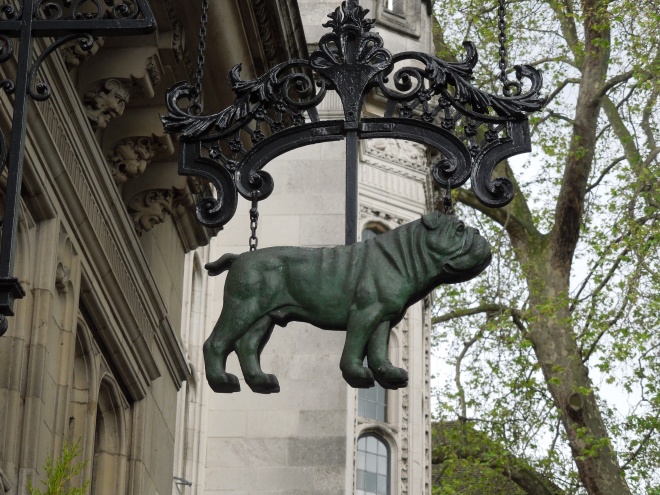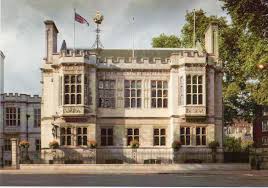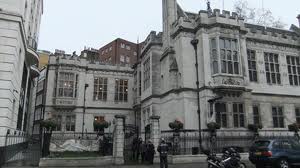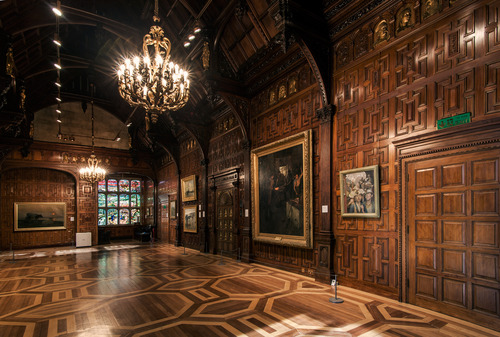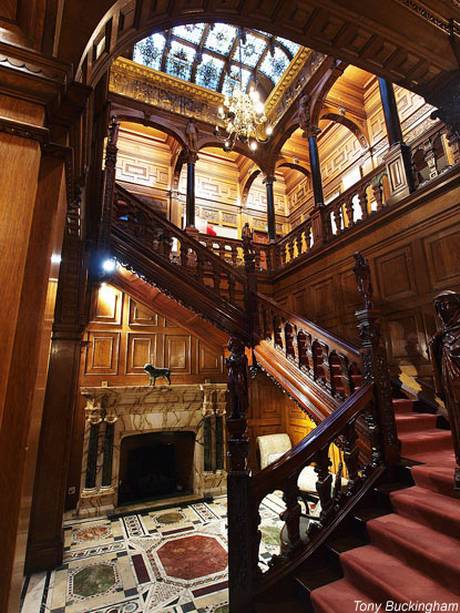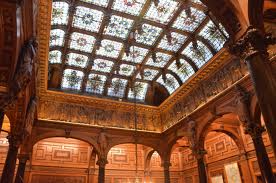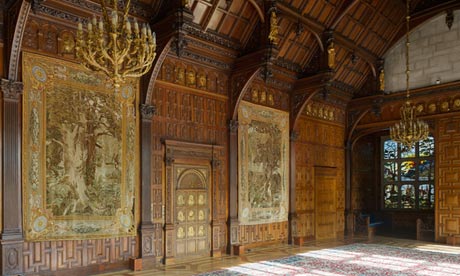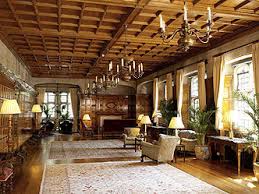During one of my walks around London I saw an interesting sign outside a relatively small building facing the Thames River, on Victoria Embankment:
An unusual sign, isn’t it?
It was attached to a beautiful building which immediately aroused my curiosity – and inquisitiveness.
So, I went on a mission to find out more.
The address was simply 2, Temple Place. Or, as it used to be known, “Astor House”. You see the famous name here? Of course, it was built by William Waldorf Astor, founder of the famed New York City Waldorf Astoria. Well, not by him, of course, but he commissioned it. Astor had emigrated to England in 1891 as arguably, the richest man in the world. He wanted his new home to be “crenellated Tudor stronghold” with three things in mind. He wanted:
1. a residential space as he wanted a home away from the United States where he felt his children would be safer from the threat of kidnapping;
2. he had a vision of a lavish home full of art work, musical instruments and books;
3. he wanted the building to be both his home and offices for managing his holdings.
Well, he certainly had the money to materialize his dream! No expense was spared when work began on Two Temple Place in 1892 by a neo-Gothic architect J.L. Pearson. With seemingly unlimited funds at his disposal Pearson was able to build a lavish building with the assistance of the best craftsmen – builders, stonemasons, wood carvers, ironmongers.
It took just 3 YEARS to finish it – exterior AND interior! Yeah, they could do it in the good old days.
The building is now owned by the charity The Bulldog trust and, unfortunately, is closed to the public except during exhibition, so I wasn’t able to get inside, but I definitely will!
Here are some photos of the extraordinary, opulent interior (oh, they look so alluring!)
Inside the house there is the largest strong room in Europe as well as two other enormous fortified safes.
I found a funny description of the interiors, though:
“Behind the sturdy Portland stone facade, the interior has a slight strange Victoriana-meets-Disney vibe with the otherwise straightforwardly opulent rooms (lots of marble and mahogany) adorned with bizarre details, such as the characters from The Three Musketeers (Astor’s favorite book) on the banisters of the main staircase and the gilded frieze in the Great Hall showing 54 seemingly random characters from history and fiction, including Pocohantas, Machiavelli, Bismark, Anne Boleyn, and Marie Antoinette”
Imagine that! Now I really want to look at it for myself!!!
The building was hit by a German flying bomb on 24 July 1944 and it caused a great damage to the house, including burst plumbing. There was some flooding, damaging expensive works of art. The building, called “Accountants Hall” on the damage report, was deemed as suitable to be “partially demolished” and was fully restored between 1949 and 1951
It looks like the sign which led me to all these interesting discoveries was added much later by the Trust. Thank you, sign!

